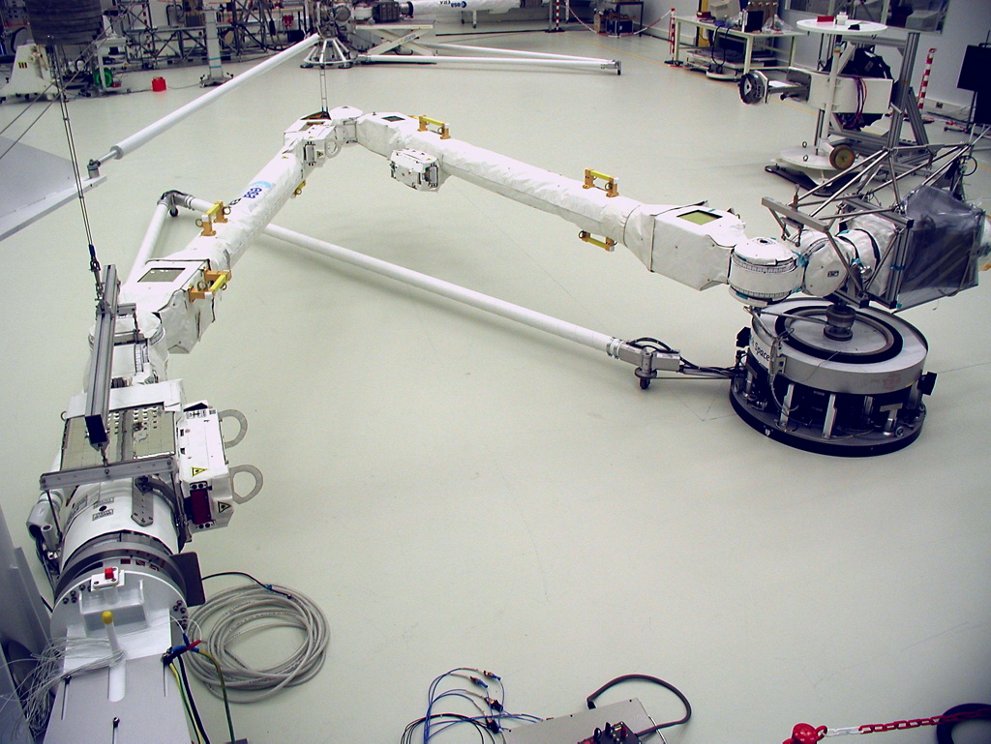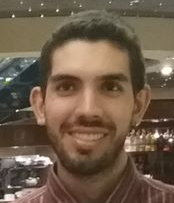
European Robotic Arm (ERA)
Divulgação/Airbus
The European Robotic Arm (ERA) was installed by Airbus space engineers in the MLM (Russian Multipurpose Laboratory Module), which is a component of the International Space Station (ISS) that has not yet been launched into space.
However, the module, called Nauka, is now ready to travel into space. The ERA and its two control stations will be launched from the Baikonur Cosmodrome in Kazakhstan in a Proton rocket.

Astronauts will be able to control ERA in real time from inside or outside the ISS. The arm may also be preprogrammed to move payloads, space station inspection and support missions off the ISS.
The 11.3 meter robot can still move around the ISS. The arm has seven joints, which makes it very versatile.
To get an idea of the magnitude, the arm has a light and robust construction, thanks to the gravity of space, it can lift masses of up to 8000 kg, in slow mode. In normal mode, the value is 3000 kg.

In addition to this great load capacity, the arm has a millimeter precision: 5 millimeters.
The trip to your destination will take a week and ERA will service the Russian segment of the space station.
“The long-awaited launch of the European Robotic Arm to the International Space Station marks a huge contribution by the Netherlands to the continued operation of the ISS, which was made possible by the loyal support of the Netherlands Space Office and the Ministry of Economic Affairs and Political Climate. In addition, it celebrates the effort, commitment and determination of the many space professionals involved over the years,” said Rob Postma, CEO of Airbus Defense and Space Netherlands.
A European consortium, led by Airbus Defense and Space in the Netherlands, was responsible for building the ERA for the European Space Agency (ESA). Airbus designed the arm and its software functions, managed the development of subsystems across Europe, and integrated and tested the system.
Airbus, ESA and Russian partners RSC/Energia have integrated ERA into MLM.

 Rafael Ramos
Rafael Ramos
Aviation enthusiast from an early age, he had his first contacts with the area developing that good old habit of spending dozens of hours in front of the screens of Micrsoft Flight Simulator and other simulators. With a solid background in various technological areas, including engineering and chemistry, Rafael has rejoined aviation as editor and author of articles and materials on our portal, providing invaluable help to the dynamics and expansion of the website and the aeronautical community, bringing us the news and updates so indispensable for us to remain current in our area of operation.
   
|
